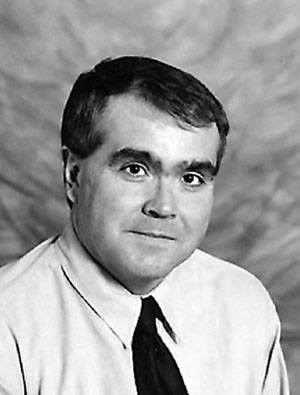Tomorrow, Aug. 18, marks a milestone in our community’s history.
The Red Deer and District Garden Club, formerly known as the Red Deer Horticultural Society, will be celebrating its centennial with its annual flower and garden show at the Golden Circle.
Because of its location in the heart of the Alberta parklands, the Red Deer district has long been known for its wonderful expanses of woodlands and grasslands and for the corresponding wide diversity of plants, trees, shrubs and flowers.
Leonard Gaetz, one of the region’s first homesteaders and a very eloquent speaker, suggested that Red Deer had the appearance of having once been cultivated by an ancient race of farmers and that the surrounding parklands resembled the remnants of primeval farms, fields, gardens and woodlots.
As the community began to rapidly grow in the years following the turn of the last century, a number of people undertook to ensure that much of the natural beauty was preserved and that both the new downtown and residential areas would have an attractive park-like appearance.
Hence, in 1910, the Town of Red Deer decided to acquire 40 acres of land along Waskasoo and Piper Creeks, west of Nanton (48) Ave.
While part of the new parkland was to be used as a picnic and recreational area, a decision was also made to leave much of the wooded area in its natural state. In January 1911, Town Council voted to officially name this new parkland Waskasoo Park.
In the spring of 1911, a number of local residents formed the Red Deer Horticultural Society. In order to promote gardening and the general beautification of the community, a flower and vegetable show was organized on Aug. 23.
As often happens with fledgling organizations, there were a number of glitches with this inaugural show.
With a shortage of available public facilities, the event was staged in the Alberta Garage on Alexander (48) St. There were difficulties in securing judges.
The Club president was suddenly called out of town on the day of the show and the vice-president fell ill.
Nevertheless, the event was a tremendous success. Large crowds came out to view the more than 350 entries. There was also great interest in the home garden competitions.
The Horticultural Society did not content itself with only staging annual flower and garden shows. Public meetings were organized to promote the concepts of civic improvement and town planning.
In particular, Red Deer was encouraged to adopt the ideals of the Garden City and City Beautiful movements. The Garden City concepts advocated the creation of carefully balanced residential and industrial areas, separated and surrounded by extensive greenbelts. City Beautiful looked to careful urban planning and civic beautification initiatives to make cities much more livable.
Strong support was therefore given to the Town’s creation of extensive parks and the maintenance of significant natural areas within those parks. Moreover, work began on a City centre master plan with three central blocks devoted to federal, provincial and municipal government buildings and facilities.
In the case of the municipal block extending between McKenzie (49) and Nanton (48) Avenues on the south side of Ross St., an open civic square was developed west of the Town Hall.
A weekly farmers’ market had already been held on the site since 1907. Improvements were made so that the square could be better used as a public assembly and recreational area. Eventually the site was turned into the beautiful City Hall Park.
By the end of 1911, Red Deer formally adopted The Garden City as the Town’s official motto. Work continued on various park and civic beautification initiatives.
The Horticultural Society acted as a supplier of trees to local residents to encourage a “greener” look to the community. Several lectures were held on the new plants, shrubs, fruits and flowers that could be tried in local gardens.
Thus, the foundation was laid for the beautiful community with its magnificent gardens and extensive parklands, which we all enjoy today.



